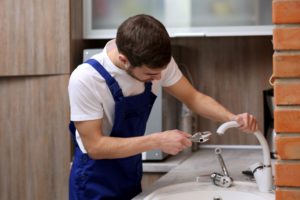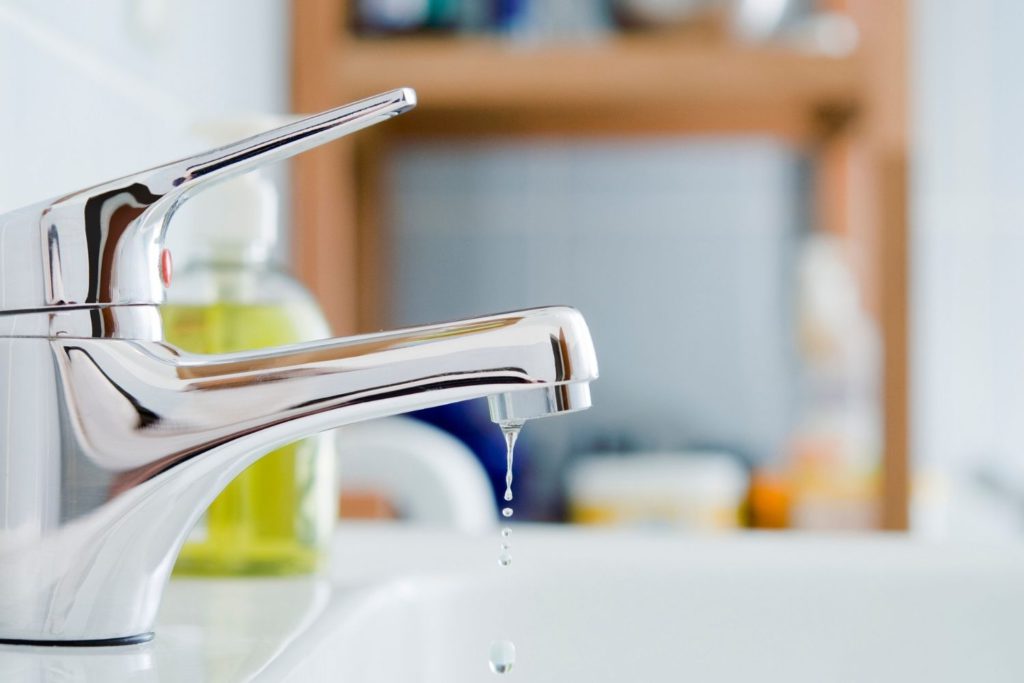A leaking tap is not just an annoying sound; it’s also a persistent source of wasted water and potentially higher utility bills. While ignoring that slow, incessant drip might be tempting, promptly addressing a leaking tap is essential to conserve water and prevent more extensive damage to your plumbing fixtures. In this article, we’ll explore common causes of a leaking tap and provide step-by-step guidance on how to stop it in its tracks. If the issue becomes too complex, we’ll also discuss when to call in a leaking tap plumber for professional assistance.
Understanding the Anatomy of a Leaking Tap
Before diving into the steps to fix a leaking tap, it’s essential to understand the basic components of a typical tap (faucet). A standard tap consists of the following important parts:
- Handle: The lever or knob you turn to control the water flow.
- Spout: The part of the tap that water flows out of.
- Valve: The mechanism inside the tap that controls the flow of water. It includes a washer, O-ring, or cartridge.
Common Causes of a Leaking Tap
Various factors can cause leaking taps, and identifying the root cause is crucial for effective repair. Here are some common reasons behind a leaking tap:
- Worn Out Washer: Over time, the washer inside the tap valve can deteriorate or become damaged, leading to a leak around the handle.
- Loose or Damaged O-ring: O-rings create a watertight seal between the spout and the tap body. If they are loose or damaged, water can leak from the base of the spout.
- Faulty Cartridge: In modern taps, a cartridge controls water flow. A damaged or malfunctioning cartridge can result in leaks.
- Corroded Valve Seat: The valve seat is the connection point between the spout and the tap body. If it becomes corroded, it can cause leaks.
- High Water Pressure: Excessively high water pressure can put stress on tap components, leading to leaks.
- Improper Installation: If the tap is not installed correctly, it may not create a proper seal, causing leaks.

Steps to Stop a Leaking Tap
Now that we understand why taps leak, let’s proceed with steps to fix the issue:
- Turn Off the Water: Locate the water shut-off valve for the tap and turn it off to stop the water supply.
- Prepare Your Workspace: Place a towel or bucket under the tap to catch any water that may spill during the repair.
- Dismantle the Tap: Remove the tap handle. Depending on the tap design, this may require a screwdriver or Allen wrench. Once the handle is off, you can access the valve assembly.
- Inspect and Replace Parts: Examine the valve assembly components for damage. If the washer, O-ring, or cartridge is worn out or damaged, replace it with a new one. Most hardware stores carry these items in stock.
- Clean and Lubricate: Before reassembling the tap, thoroughly clean all parts to remove debris or mineral deposits. Apply a silicone-based lubricant to the components for smooth operation.
- Reassemble the Tap: Carefully reassemble the tap in the reverse order of disassembly, ensuring a proper fit.
- Turn On the Water: Gradually turn the water supply back on and check for leaks. If the leaking persists, ensure all components are properly seated and tightened.
- Adjust Water Pressure: If high water pressure is the issue, consider installing a pressure-reducing valve to prevent future leaks.
When to Call a Leaking Tap Plumber
While many leaking tap issues can be resolved with DIY efforts, some situations may require the expertise of a professional leaking tap plumber:
- Complex Repairs: If you need to be more comfortable or experienced in working with plumbing fixtures, it’s best to leave complex repairs to a plumber.
- Old or Antique Taps: Older taps may have unique components that are challenging to find or repair. A plumber with experience in handling antique fixtures is recommended.
- Multiple Leaks: Having multiple taps in your home experiencing leaks simultaneously could indicate a larger plumbing problem that requires professional assessment.
- Persistent Leaks: If you’ve attempted to fix a leaking tap multiple times without success, it’s time to consult a plumber to identify and address underlying issues.
A leaking tap is a common household nuisance but is also a manageable issue with the proper knowledge and tools. By understanding the causes of leaks and following the steps outlined in this article, you can often stop a leaking tap and save water, money, and frustration. However, when in doubt or faced with complex issues, call a qualified leaking tap plumber to ensure your plumbing system remains in top condition. Remember, addressing a leaking tap promptly prevents water wastage and preserves the integrity of your plumbing fixtures for years to come.

